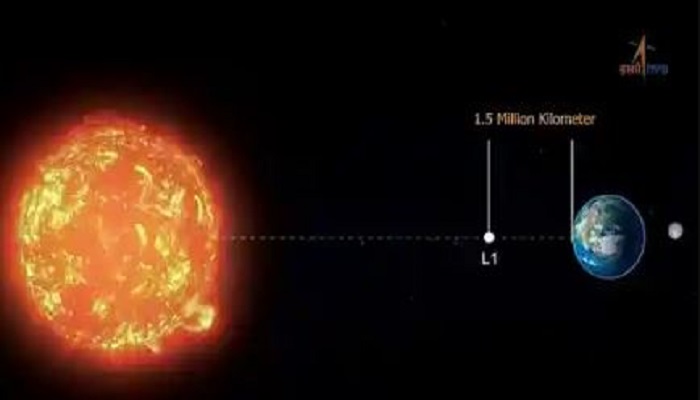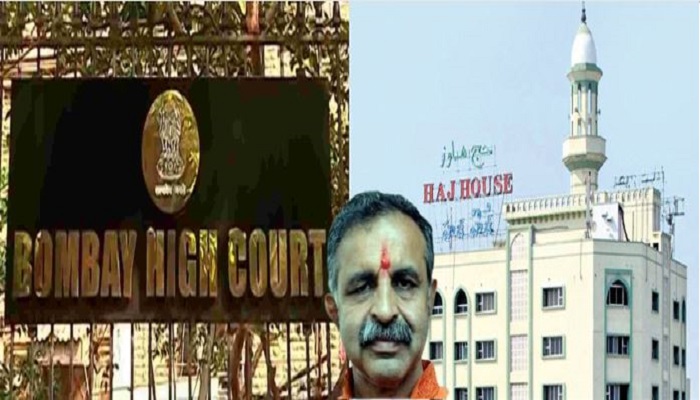Aditya-L1 mission: How the European Space Agency is assisting ISRO’s solar quest with data and expertise

[ad_1]
India’s first solar mission, the Aditya-L1 satellite is on its journey to uncover secrets of the Sun. In its efforts, the Indian Space Research Organisation (ISRO) has been getting assistance from the European Space Agency (ESA) for the success of this scientific mission.
The ESA shared two separate threads to explain how it is supporting ISRO in the solar mission. The foreign space agency on its website also noted that ESA is supporting Aditya-L1 in two separate ways. These include offering deep space communication services and aiding ISRO in validating critical new flight dynamics software.
Firstly, ESA is providing deep space communication services to the Indian mission. It is important to note that, ESA is one of the main providers of ground station support to the AdityaL1 mission. These stations operated by ESA are being used to send the commands that control Aditya-L1 in flight, to receive vital data on the spacecraft’s health and location, and to receive the scientific data it sends to Earth.
ESA is the main provider of #GroundStation support to #AdityaL1.
Our stations will be used to send the commands that control Aditya-L1 in flight, to receive vital data on the spacecraft’s health and location, and to receive the scientific data it sends to Earth. pic.twitter.com/DPEde0zqDs
— ESA Operations (@esaoperations) August 31, 2023
ESA service manager Ramesh Chellathurai is the agency’s Cross-Support Liaison Officer for ISRO. Chellathurai stated that the agency’s global network of deep space tracking stations and use of internationally recognized technical standards allows them to help their partners track, command, and receive data from their spacecraft almost anywhere in the solar system.
In an official statement, the ESA official said, “For the Aditya-L1 mission, we are providing support from all three of our 35-metre deep space antennas in Australia, Spain, and Argentina, as well as support from our Kourou station in French Guiana and coordinated support from goon hilly Earth Station in the UK.”
The website added that the ESA stations are supporting the Aditya-L1 mission from beginning to end. The support ranges from the critical ‘Launch and Early Orbit Phase’, throughout the journey to L1, and to sending commands to and receiving scientific data from Aditya-L1 for multiple hours per day over the next two years of routine operations.
Flight dynamics and testing the ‘orbit determination’ software
Secondly, the ESA assisted ISRO last year with the validation of important new flight dynamics software. Notably, when India’s solar mission reaches its intended destination, Lagrangian 1 (L1) point, it will join other spacecraft like the ESA/NASA Solar Heliospheric Observatory (SOHO), which has been at L1 since 1996.
ESA has experience flying and even rescuing missions at Lagrange points, so we were in the perfect position to help.
From April to December 2022, the #ESA & #ISRO teams used ISRO’s software to analyse simulated tracking data, and then real data from an ESA spacecraft at L1. pic.twitter.com/0dOb0NVoGZ
— ESA Operations (@esaoperations) September 1, 2023
Here it is important to note that Lagrangian points are the locations where the gravitational force exerted by the Earth and the Sun cancel out each other and there are five such Lagrangian points. This provides stability to the satellite. However, this is a dynamic situation, hence it is tricky to keep track of this L-1 point.
Click here, to know more about the mission objective and about various payloads on the Aditya-L1 spacecraft.
The official ESA website states that L1 is one of the ‘unstable’ Lagrange equilibrium points and keeping a spacecraft exactly at the L1 point is practically impossible. So, the spacecraft enters orbit around L1 as if the Lagrange point were an ‘invisible planet’. Consequently, spacecraft must perform ‘station keeping’ maneuvers roughly once a month to keep them in the correct orbit.
Now, to keep track of this unstable orbit, with slight trajectory errors that could prove to be fatal, ISRO designed and developed new orbit determination software for Aditya-L1. This software applies mathematical formulas for tracking data from the spacecraft to calculate its past, present, and future location in a process known as ‘orbit determination’.
To avoid any mishap and utilize the expertise of ESA, ISRO roped in the European agency to validate its orbit determination software.
Evidently, the ESA has an incredible track record in this as it highlighted a major mishap that it averted in 1998.
The ESA noted that in June 1998, the SOHO mission experienced an issue and failed to carry out its station-keeping. Subsequently, the error in its orbit grew quickly and unpredictably and the agency lost contact with the spacecraft.
Afterward, it began drifting into the void. Later, a combined team of NASA and ESA experts worked out and safely recovered the spacecraft. They eventually found it far away from its expected position and reestablished contact.
The ESA noted that 25 years later, SOHO is still in orbit around L1 and returning valuable scientific data. This is another area in which ESA’s support could come in handy for India’s solar mission, that is, in fine-tuning ISRO’s orbit determination software, if needed.
Evidently, from April to December 2022, ESA and ISRO teams worked together intensively to evaluate ISRO’s strategy for operating Aditya-L1 and challenge their new orbit determination software. In these operations, they carried out various scenarios that Aditya spacecraft could encounter and then ran simulations as per the requirement.
Meanwhile, Aditya-L1 successfully completed the first orbit maneuvering exercise on Sunday (3 September). The next such exercise will be carried out on the 5th of September. Overall, five such orbit maneuvers will be performed during the satellite’s revolution around the Earth.
The Aditya L1 satellite will be in Earth’s orbit for 16 days and these five earth-bound firing exercises are being conducted for the satellite to gain the required velocity. After scheduled orbit-raising exercises, Aditya L1 will start its journey to the L1 point near the Sun. Once there, the Indian satellite will undergo a trans-Lagrangian1 insertion maneuver, that will start its 110-day-long trajectory to its destination.
[ad_2]
Source link



